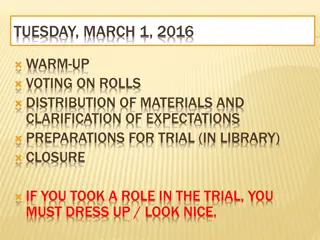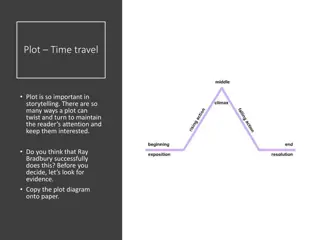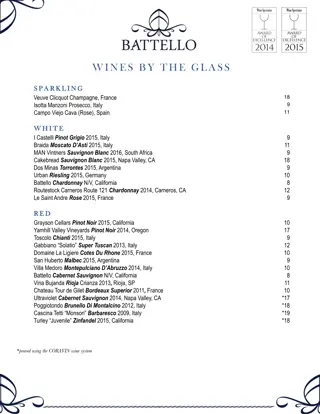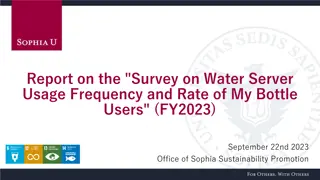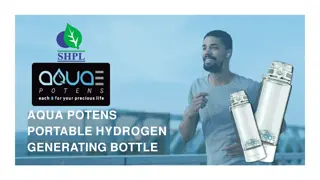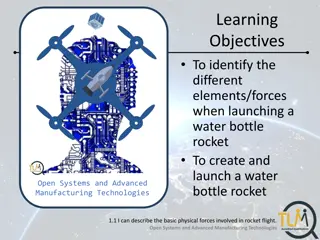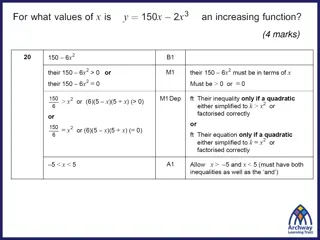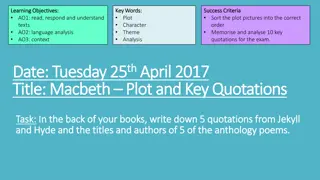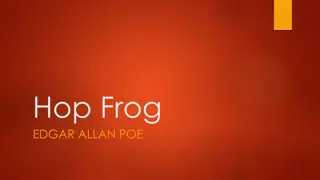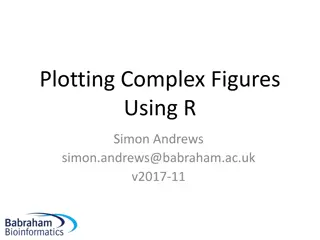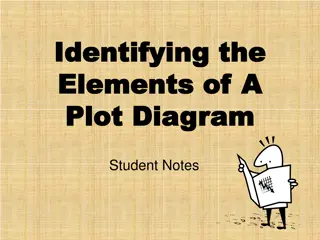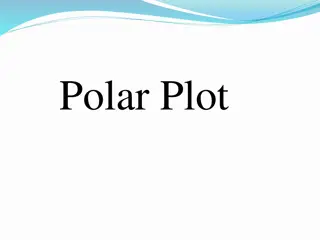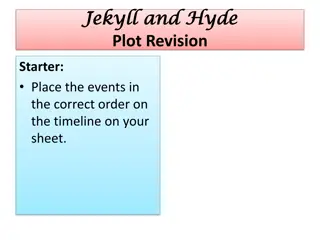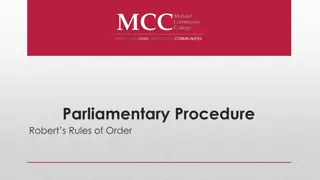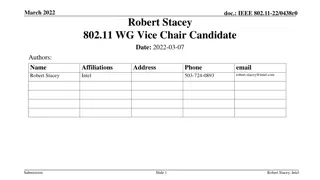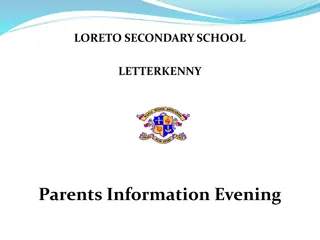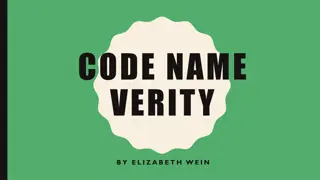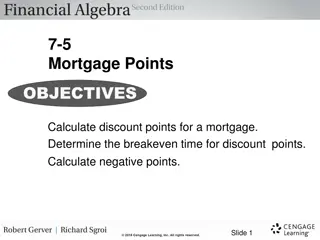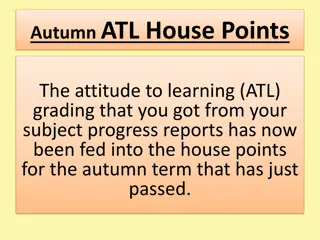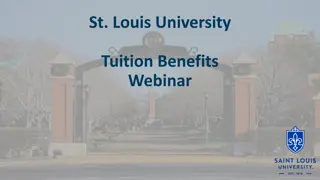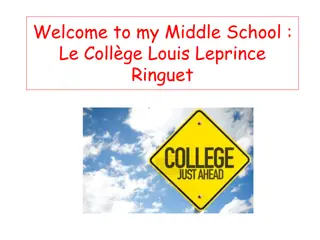The Bottle Imp by Robert Louis Stevenson - Summary and Major Plot Points
Robert Louis Stevenson, the renowned author, was born in 1850 in Edinburgh, Scotland. He was an only child, who later became a well-known writer despite initially studying law. Stevenson's famous works include "An Inland Voyage," "Treasure Island," and "Catriona." He made significant contributions to literature before his death in 1894. The Bottle Imp is one of his intriguing tales, revolving around Keawe's encounter with a magical bottle containing an imp with sinister consequences. The plot unfolds as Keawe navigates through wishes, love, and the ultimate price to be paid.
Download Presentation

Please find below an Image/Link to download the presentation.
The content on the website is provided AS IS for your information and personal use only. It may not be sold, licensed, or shared on other websites without obtaining consent from the author. Download presentation by click this link. If you encounter any issues during the download, it is possible that the publisher has removed the file from their server.
E N D
Presentation Transcript
Robert Louis Stevenson - Author Born November 3, 1850, in Edinburgh, Scotland. His mother Margaret Isabella Balfour His father Thomas Stevenson He was the only child. Died December 3, 1894. He was 44 when he died.
Education Stevenson went to Edinburgh Academy. He then went to the University of Edinburgh to follow in his father and grandfathers footsteps. He decided to study law after as his body could not physically handle the job his father did. In the end, though he became a writer.
Famous Works An Inland voyage (1878) Treasure Island (1883) Catriona (1893)
Other Facts Robert Lewis Balfour Stevenson was his name until he changed the Lewis in his name to Louis. Stevenson's father worked as a civil engineer and a pioneering designer. Stevenson had a nurse named Allison Cunningham of whom he dedicated his 1885 book a Child's Garden of Verse to.
Major plot points Keawe goes to San Francisco and meets the old man he buys the bottle from and learns about what it does. The bottle contains an imp wrought from the devil and whoever still poses the bottle when they die will go to hell, but it does grant wishes. The only way to get rid of the bottled imp is to sell it for a price lower then what it is bought for. Keawe buys it from the old man for 49$, then goes home and meets up with Lopaka and he tells Lopaka about the bottle and Lopaka tells him if it works he will buy it from Keawe.
Plot (Conti.) Keawe wishes for a beautiful house and garden on the Kona coast. Keawe learns that his uncle has died and his cousin has drowned and so he has inherited a large some of money, so he and Lopaka go to an architect to have the house built. Lopaka buys the bottle from Keawe. Keawe lives in his house and finds great joy in it. One day on the way home he sees a girl named Kokua and falls in love with her. He goes to Kiano, Kokua's father, and asks for her hand in marriage.
Plot (Conti.) Keawe is given approval to marry Kokua and goes home over joyed and singing. While taking a bath he finds that he has Chinese Evil (leprosy). He goes to town to find the bottle to buy it back so that he may cure himself and marry Kokua. He finds the man who bought it for two cents and he must buy it for only one. He marries Kokua, but he becomes depress because he can't sell it for less than a cent because there is nothing less. Keawe tells Kokua about the bottle and she tells him other countries have money that comes out less then a cent. They go to France and try to sell it, but no one will buy it.
Plot (Conti.) One night Kokua finds an old man and asks him to buy the bottle from her husband and she'll buy it back from him. Over joyed to be free of the bottle once more Keawe goes out not noticing his wifes dispare. After meting a boatswain he goes home to get more money and realizes what his wife has done. He goes to the boatswain and convinces him to buy the bottle from his wife and that he'll buy it back from him. The boatswain buys it but decides to keep it even after Keawe tells him he will go to hell.
Lit. devices and style Style: The story is in 3rd person. It uses a lot of imagery. It is an adventure-fantasy story. Lit. devices: Imagery: " the widows were bright like diamonds" "the moon was blacken" Personification: "the long neck sticking up; and as for the round belly" "the wind roared" Simile: "weeping like a child" "wine departed from his head like mist off a river in the morning"
Main Themes Be careful that what you wish for is worth the price. This theme is precedent because in this story the price paid is their soul if they don't manage to sell the bottle again and at one point in the story it seemed that, that price was going to be paid. Everything rights itself in the end. In the end of the story Keawe finds someone to buy the bottle back from his wife and in the end the man wouldn't let Keawe keep his end of the deal because he wouldn't let Keawe buy it back.
Favourite part Favourite part was the end and not just because the story was finally over. In the end of the story everything works out for Keawe. He gets a wife, he frees himself of his sickness, and he gets what he wanted from the beginning a grand house. He also frees himself of the cursed bottle while still keeping to his morals. He was willing to risk damnation once again just to save his wife. He was willing to buy the bottle back from the boatswain, but the boatswain decides to keep it for himself thus saving Keawe soul. It is with all these things that makes the end great because in the end everyone is happy and Keawe is saved from the bottle and damnation.
Works cited www.robert-louis-stevenson.org www.online-literature.com


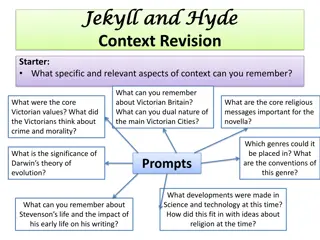
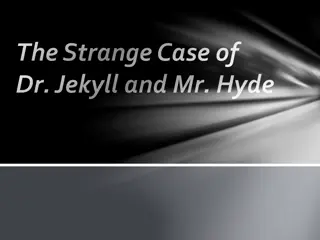
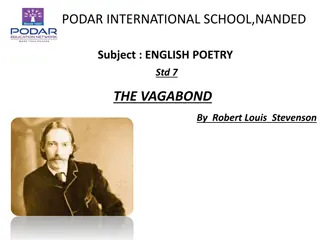
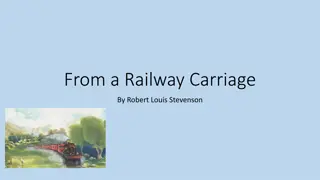
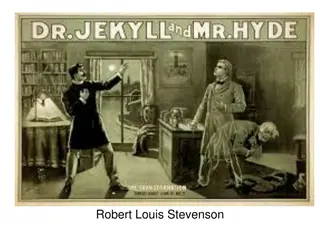
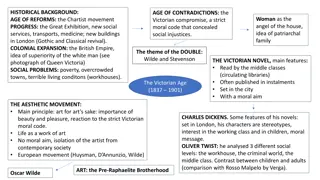
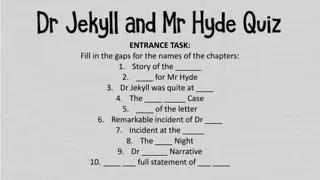
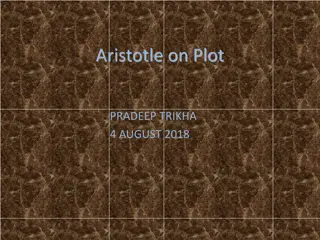

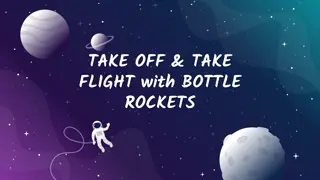
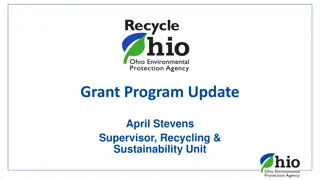
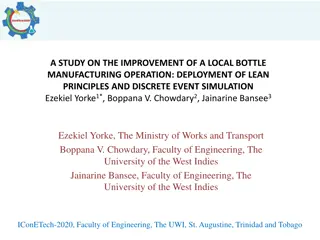
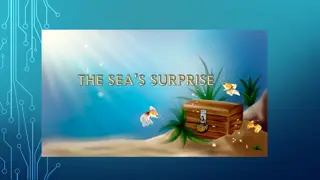
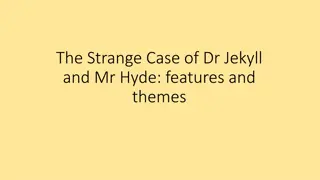
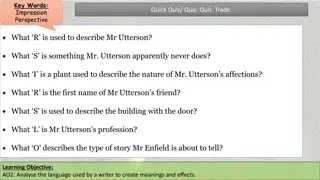
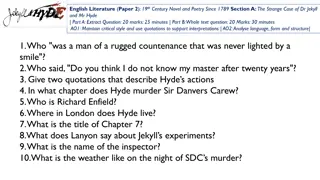
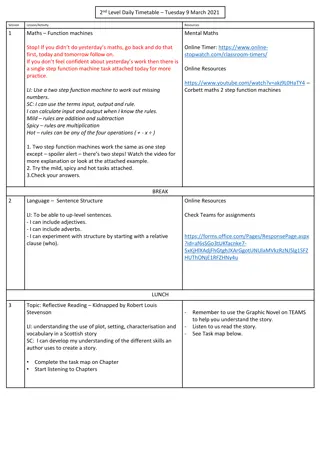
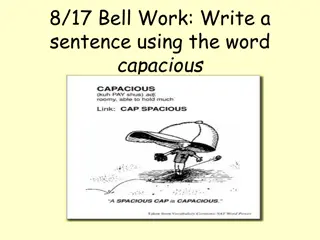
![Understanding Negligence Liability in Donoghue v. Stevenson [1932]](/thumb/198881/understanding-negligence-liability-in-donoghue-v-stevenson-1932.jpg)
